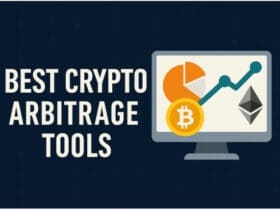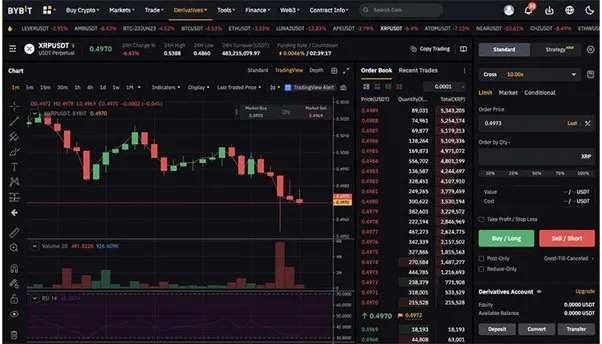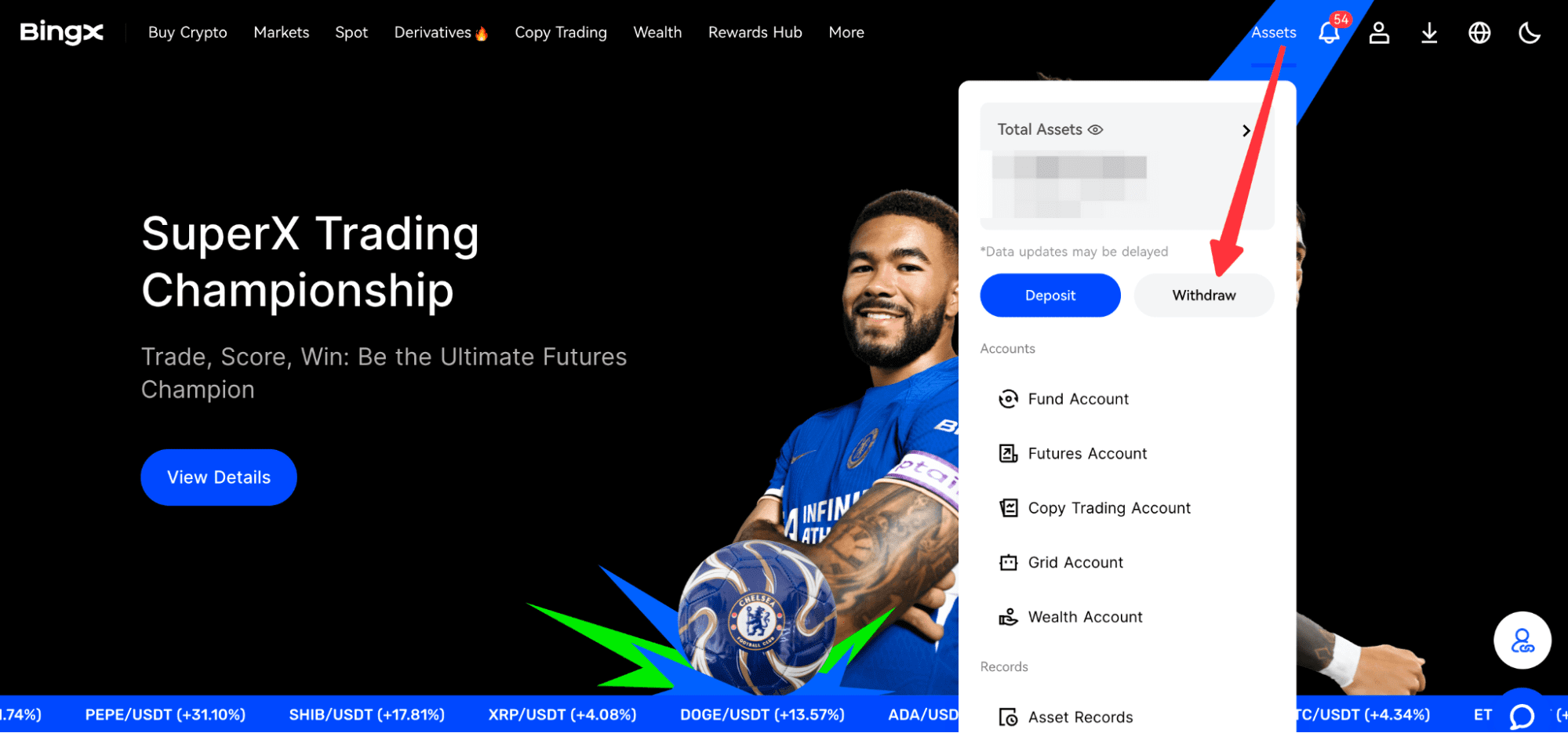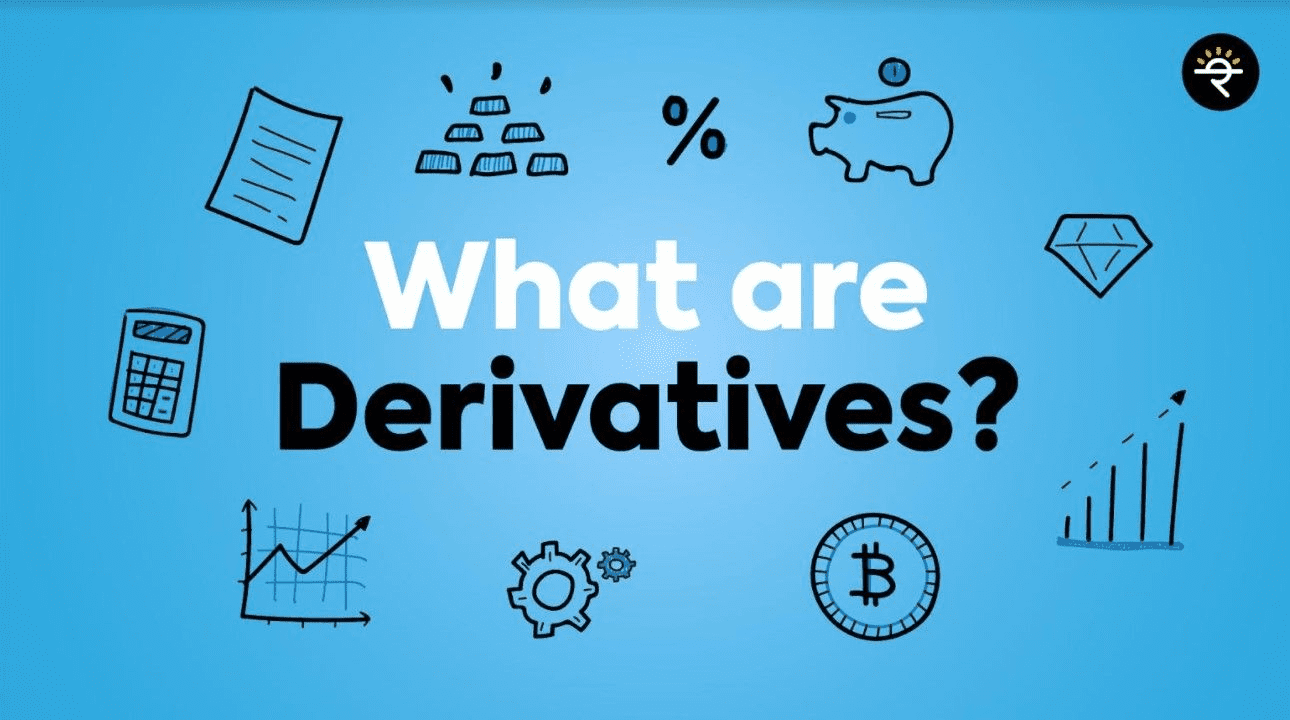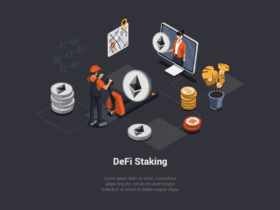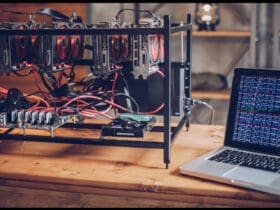This article will explain cross-chain derivatives and how they function within cryptocurrencies. Cross-chain derivatives are financial instruments that derive value from assets on different blockchains.
This enables traders to access various markets without relying on centralized intermediaries. With cross-chain derivatives, traders have the potential to hedge, arbitrage, and aggregate liquidity, making cross-chain derivatives revolutionary to the decentralized finance space.
Understanding Derivatives
A derivative refers to a financial instrument that derives its value from another asset. Those assets can be stocks, bonds, commodities, currencies, or even indexes.

Common ones are futures, options, forwards and swaps, which investors use to mitigate risks, speculate on price movement, or gain an exposure to an asset without owning it.
For instance, a futures contract allows a buyer to set an agreement on a price to be paid on a future date, while an option allows a buyer to set an agreement, with no obligation, to buy or sell at a future date. In crypto, derivatives allow highly leveraged and more volatile speculative trades on digital assets that traders do not have to hold.
What Are Cross-Chain Derivatives?

Cross-chain derivatives are sophisticated financial tools within cryptocurrency and DeFi that derive their value from multiple blockchains. Unlike regular derivatives that focus on one market/asset, cross-chain derivatives enable traders to access and analyze multiple digital assets on various blockchain networks in a single transaction without movement and/or consolidation of funds.
Securely connecting and aligning data from disparate chains and ensuring precise derivative pricing and execution are accomplished via smart contracts, blockchain bridges, and oracles. For instance, a trader could create a derivative that captures value from Bitcoin on the Bitcoin network and assets on Ethereum, simultaneously.
These derivatives introduce the ability to pull liquidity from multiple sources, arbitrage and hedge across several blockchains, and create new DeFi efficiencies. Smart contracts, bridges, and extended network lag are some of the cross-chain derivative unique risks.
These tools are a likely sign of more advanced DeFi blockchain innovations to come with a focus on removing the trading and investing limitations of single or closed blockchains.
How Cross-Chain Derivatives Work
Underlying Assets Across Multiple Chains
- Cross-chain derivatives extract value from several blockchains like Bitcoin and Ethereum networks.
- Without transitioning assets to a unified blockchain, traders can still access and handle several digital assets simultaneously.
Smart Contracts Execution
- Automated smart contracts handle the creation, settlement, and execution of derivative contracts.
- Users can enjoy the benefits of automated settlement systems without the interference or control of an external party.
Blockchain Bridges
- Bridges are inter-chain connections that allow the passage of assets, data, and prices.
- They attest to the accuracy and live synchronization of prices or values of derivatives across varying blockchains.
Oracles for Price Feeds
- With oracles, you access current and secure price feeds of various blockchains.
- They validate that derivative contracts are settled according to the current assessed market value.
Trading and Settlement
- Built-in systems permit traders to hedge, execute arbitrage opportunities, or open long or short derivatives positions.
- Once a pre-defined condition or expiry date is reached, smart contracts handle settlement.
Liquidity Aggregation
- Cross-chain derivatives facilitate liquidity from various blockchain ecosystems.
- It improves the market’s depth, decreases slippage, and enhances the overall trading experience.
Benefits of Cross-Chain Derivatives
Access to Multiple Assets Across Chains
- Traders can gain exposure to assets on different blockchains without moving them to a single network.
- Enables more diverse trading and investment strategies.
Increased Liquidity
- Aggregates liquidity from multiple blockchain ecosystems.
- Reduces slippage and allows smoother execution of large trades.
Hedging Opportunities
- Investors can hedge risks across different crypto assets and networks.
- Protects portfolios from price volatility in multiple markets simultaneously.
Arbitrage Potential
- Price differences between chains can be exploited through cross-chain derivatives.
- Traders can profit from inefficiencies in decentralized markets.
Decentralized and Trustless Trading
- Uses smart contracts to automate contracts without intermediaries.
- Reduces counterparty risk and enhances transparency.
Efficient Capital Usage
- Traders can take leveraged positions or synthetic exposure without fully holding the underlying assets.
- Optimizes capital for higher potential returns.
Innovation in DeFi
- Expands possibilities for complex financial products across blockchain ecosystems.
- Encourages new decentralized applications and financial solutions.
Risks and Challenges
Smart Contract Vulnerabilities
- Bugs and flaws in a smart contract can be exploited resulting in the loss of funds.
Bridge Exploits
- Attacks on cross-chain bridges can occur which then compromises the derivatives underlying assets.
Market Volatility
- Highly volatile crypto assets and leveraged positions on derivatives can greatly amplify potential losses.
Liquidity Risks
- Low liquidity on certain cross-chain derivatives can result in slippage and order execution delays.
Network Congestion
- If any chain has slow transactions and high fee problems, it will disrupt the trading and settlement.
Regulatory Uncertainty
- Different countries have unclear frameworks on cross-chain derivatives which puts legal compliance at risk.
Complexity for Beginners
- New traders will find it particularly difficult due to the multitude of chains, assets, and different contract mechanisms.
Real-World Use Cases
DeFi Hedging
- Cross-chain derivatives allow traders to manage risk in multiple cryptocurrencies simultaneously and mitigate the price volatility risk using hedging strategies.
Arbitrage Opportunities
- Traders seek to gain on arbitrage strategies by using cross-chain derivatives to get liquidity on the networks with the lowest fees.
Synthetic Asset Creation
- Decentralized finance protocols are building the capability to create synthetic tokens which will provide exposure to other chains.
Liquidity Provision Across Chains
- Cross-chain derivatives allow the aggregation of liquidity across diverse networks to enhance depth of the market thereby reducing slippage.
Institutional Investment
- Institutional investors use cross-chain derivatives for strategic trading and diversification of portfolios across multiple layered digital assets.
Decentralized Trading Platforms
- With the use of cross-chain derivatives, dYdX, Synthetix and other platforms provide advanced trading in a decentralized, trustless environment.
Pros & Cons
| Pros | Cons |
|---|---|
| Access to multiple assets across different blockchains | Smart contract vulnerabilities can lead to fund loss |
| Increased liquidity from aggregated markets | Bridge exploits pose security risks |
| Hedging opportunities across chains | High volatility can amplify losses |
| Arbitrage potential between chains | Some derivatives may have low liquidity causing slippage |
| Decentralized and trustless trading | Network congestion can delay transactions or increase fees |
| Efficient capital usage via leverage or synthetic exposure | Regulatory uncertainty in many countries |
| Encourages innovation in DeFi and new financial products | Complexity may be challenging for beginners |
Conclusion
Cross-chain derivatives are new types of financial products that enable traders to access different assets on various blockchains without the use of centralized counter parties. Using strong contracts, bridges, and oracles, they can provide hedging, arbitrage, and liquidity aggregation.
Although decentralizes finance is made more flexible and efficient, there are also cons such as the volatile nature of the markets, smart contract weaknesses, and the potential to exploit bridges.
The growing developments in the decentralized finance space, focused on cross-chain derivatives, continue to enhance multi-chain trading, offering sophisticated instruments to retail and institutional traders to facilitate more efficient risk management and new strategically investments.
FAQ
They use smart contracts, blockchain bridges, and oracles to synchronize data and execute trades across different networks automatically
Benefits include access to multiple assets, hedging opportunities, arbitrage potential, liquidity aggregation, and decentralized trading.
Risks include smart contract vulnerabilities, bridge exploits, market volatility, low liquidity, network congestion, and regulatory uncertainty.

